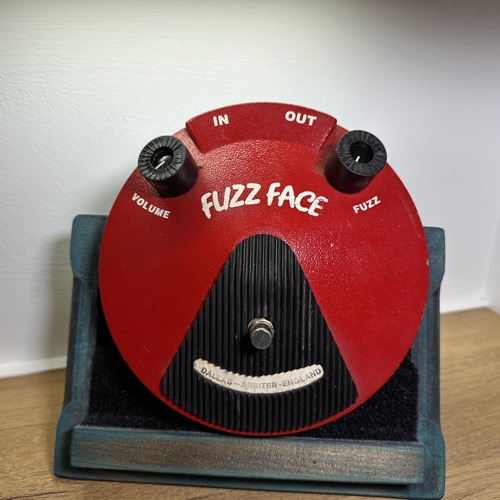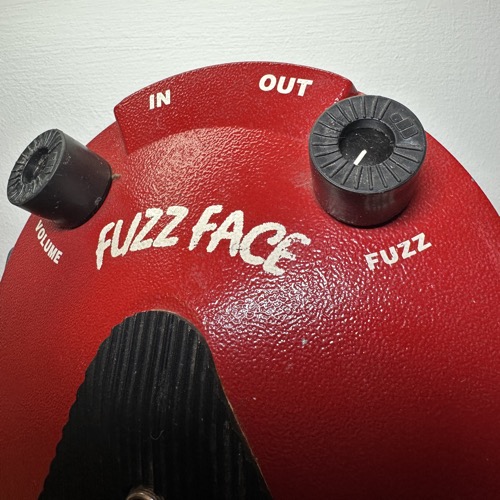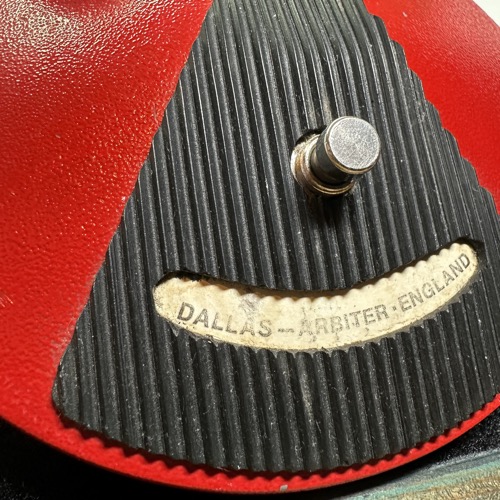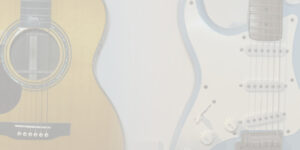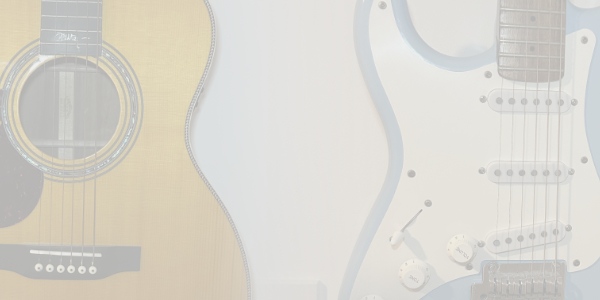
Dallas-Arbiter Fuzz Face – A Pre-Dunlop Fuzz Face? So What’s different?
Introduction
As we continue our ever-growing exploration of Fuzz Face pedals, we have another one to review! This time, it’s a 1990s Dallas-Arbiter Fuzz Face, built before Dunlop took over production. While it may look the same as other versions, does it truly sound the same? Let’s find out!
This won’t be a full deep-dive review like we usually do. The Fuzz Face is a fairly simple circuit, and we’ve already reviewed the Dunlop Fuzz Face (Review here. Instead, I’ll highlight the key differences and share my thoughts on this vintage fuzz pedal. Keep in mind that this pedal is discontinued, meaning you’ll only find it on the second-hand market. So, is it worth tracking one down? Let’s take a closer look!
Dallas-Arbiter Fuzz Face Pedal
The history of the Fuzz Face is a bit complex, so here’s a quick whistle-stop tour. In 1966, Arbiter Electronics introduced the first Fuzz Face, branding it with the name Dallas-Arbiter on the front of the pedal. In 1976, the final batch of Dallas-Arbiter Fuzz Faces was produced before the company was bought by Crest Audio in 1980. Crest Audio continued manufacturing the Fuzz Face, still keeping the Dallas-Arbiter branding. These pedals remained in production until 1993, when Dunlop took over.
The pedal we’re reviewing today is a 1990s Dallas-Arbiter Fuzz Face, made by Crest Audio but still bearing the original Dallas-Arbiter branding.
Design & Features
At first glance, this Fuzz Face looks nearly identical to its predecessors. It features the classic red disc-shaped enclosure, maintaining the same design and layout. However, at the bottom of the pedal, you’ll find a label reading “Dallas-Arbiter – England”, distinguishing it from later Dunlop Fuzz Faces.
When it comes to controls, the Dallas-Arbiter Fuzz Face keeps things simple with just two knobs:
- Volume Knob: Controls the output level. This pedal has a lot of volume on tap, enough to push an amp into overdrive on its own.
- Fuzz Knob: Adjusts the amount of fuzz and signal clipping.
- Foot switch: Turns the pedal on or off. Notably, there is no LED indicator, meaning you’ll have to rely on your ears to know if it’s engaged.
Most players traditionally crank both knobs to max and leave the pedal on for that classic fuzz tone.
Power & Connectivity
The Dallas-Arbiter Fuzz Face features standard input and output jacks on the top of the pedal, though they are reversed (with the input on the left instead of the right). Power-wise, it only runs on a 9V battery, accessible by unscrewing the bottom plate—there’s no option for a power adapter.
The Sounds
So, what did we do to test the Dallas-Arbiter Fuzz Face? Simple—lots of fuzz and delay! What more could you want? We jammed over a few tracks using traditional single-coil pickups, cranking up the fuzz to see what tones we could get. A Stratocaster and a Fuzz Face—it doesn’t get much better than that!
As in our previous Fuzz Face review, all the audio clips were recorded with the pedal engaged. This allows you to hear how it reacts at different volume levels.
Next, we explored how the Dallas-Arbiter Fuzz Face responds to various pickup types, mainly focusing on single-coils and humbuckers. For consistency, we ran the pedal straight into the front of a Revv D20 amp (Review Here), first set to a clean tone, then dialed in with a slight crunch for added dynamics.
If you’re curious about how the Dallas-Arbiter Fuzz Face compares to the Dunlop Fuzz Face, check out our sound demo video [insert link if available]. Listen closely and decide for yourself—do you hear a difference? Let us know your thoughts in the video comments!
What are my thoughts?
Dallas-Arbiter Looks & Design
As far as looks and design, it is the same as the Dunlop Fuzz Face that we reviewed a while ago (Check out the full review here). In fact, apart from the label, I don’t think you would be able to tell them apart! Both are big red discs with black knobs!
Dallas-Arbiter Quirks & Limitations
Being pre-Dunlop, it still shares all the same drawbacks! The inputs and outputs are the wrong way around, there’s no power input since it only runs on a 9V battery, and of course, it has that silly yet charming and iconic case design, which is absolutely huge! There is no need for a fuzz pedal to be this big—it’s a tiny circuit! These quirks are all things we have come to love about the Fuzz Face, the little issues that make it unique and lovable! However, let’s talk about the main point—the sound!
"However, when you crank the volume up, you get a thick, meaty fuzz with a stylistic “wooliness” to it that would be very much suited to grunge and sludge music"
How Does This Dallas-Arbiter Fuzz Face Sound?
Sound-wise, at full volume with everything cranked, it sounds like a Fuzz Face! One thing I did notice is that it doesn’t clean up in the same way that the Dunlop Fuzz Face does. It is still very reactive to the volume knob, but it doesn’t go as clean. If you want that “fuzz to super clean” transition, then the Dunlop Fuzz Face would be a better choice.
It is wonderful for that low-overdrive, cranked-amp kind of sound, but it doesn’t go super fuzz clean. However, when you crank the volume up, you get a thick, meaty fuzz with a stylistic “wooliness” to it that would be very much suited to grunge and sludge music. This version of the Fuzz Face has loads of bass—proper thick bass! If you want to make a thin guitar sound fat and huge, this is the pedal for you. Think single-coils!
Final Thoughts – Is It Worth Buying?
Overall, I think I prefer the Dunlop Fuzz Face. For me, it has a nicer clean-up and a more “together” fuzz sound! It is also easier to get hold of, being that they still make it. Plus, Dunlop offers it in a smaller casing and has fixed all the issues, like the reversed jacks and lack of a power input.
The only way to get a Dallas-Arbiter Fuzz Face is to buy a second-hand one, and prices can vary a lot depending on condition, age, and location. So if you are after this specific version, you will have to do some hunting!
Conclusion
So that is our review of the Dallas-Arbiter Fuzz Face! What do you all think? Do you prefer this one or the Dunlop Fuzz Face?
I’m sure this won’t be our last Fuzz Face review! I’ve kind of fallen into the Fuzz Face rabbit hole, and I’m just letting myself fall further in. So, expect plenty more Fuzz Face reviews—there are still so many to try!
I’ll be looking to check out all the standard Fuzz Faces, as well as the signature models they’ve put out. Maybe even the mini Fuzz Faces, since they fix all the little quirks and are much more pedalboard-friendly!
If you want to support the site then please give us a follow on Instagram and subscribe to our YouTube.
Dallas-Arbiter Fuzz Face Links:
Check out our other Articles here

